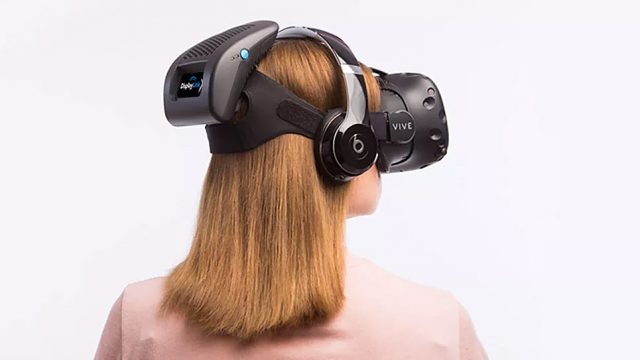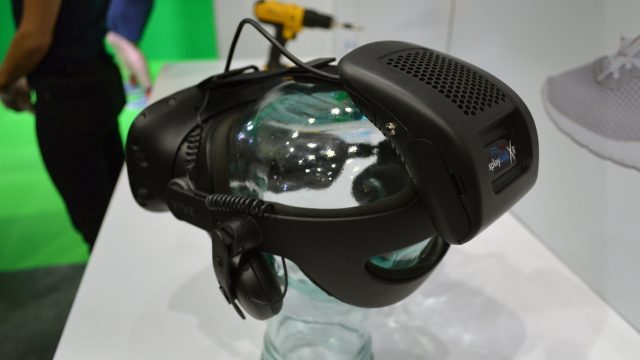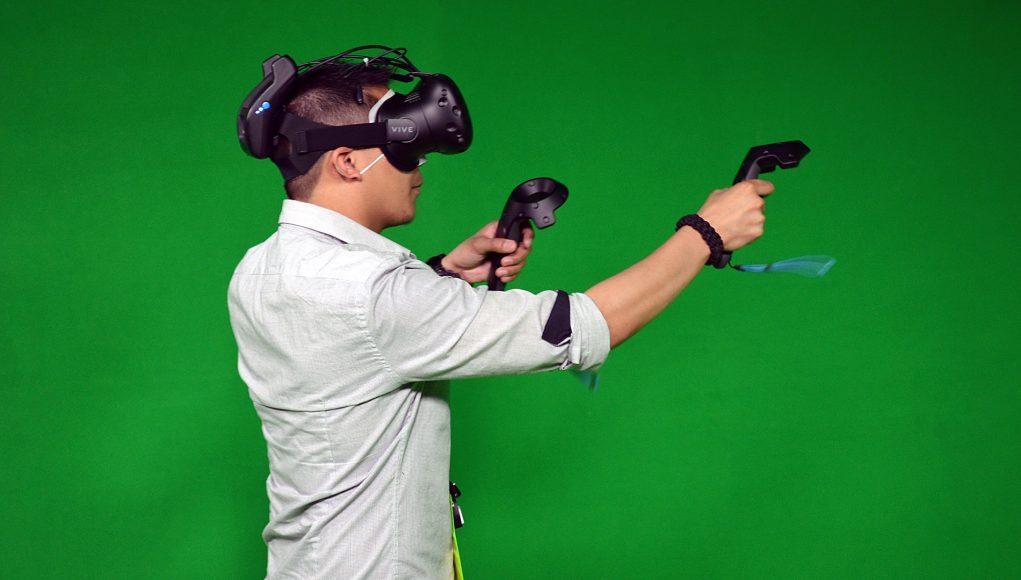Today and Tomorrow’s Specs
 DisplayLink Executive Chairman Graham O’Keeffe, whom I had a chance to speak with at E3, stressed the importance of being able to deal with drops in bandwidth without interrupting the VR experience.
DisplayLink Executive Chairman Graham O’Keeffe, whom I had a chance to speak with at E3, stressed the importance of being able to deal with drops in bandwidth without interrupting the VR experience.
“When it comes to wireless VR, it would be easy if you only had to consider the ‘average’ bandwidth of a wireless link, but the actual instantaneous bandwidth is constantly changing and occasionally drops off suddenly. You need to be able to handle those troughs without interrupting the experience, and we’ve worked to tune our compression for that,” O’Keefe told me.
He also said that the DisplayLink XR latency is in the “single digits,” but emphasized the difficulty of getting a precise measurement. The official website for the solution reads, “Typically sub frame of 3-5 ms in a normal radio environment such as a domestic living room, meeting room, or conference booth.”
DisplayLink XR compression, says O’Keeffe, can handle up to 24 Gbps of video throughput. That’s enough to handle today’s headsets like the Vive at 2,160 x 1,200 and 90Hz, while still providing enough overhead for resolutions of 3,840 x 2,160 for next-gen headsets, he says.
When it comes to battery life, the company initially quoted two hours of runtime for the head-mounted battery at the announcement of the device, though on the show floor at E3 they’ve apparently been seeing anywhere between three and five hours of continuous play. Whether they keep that current life, or reduce the size of the battery, to maintain the initial two hour runtime spec while reducing the weight of the unit, remains to be seen. For extended play sessions, larger batteries could easily be belt-mounted.

Although the DisplayLink XR reference device is something that you can see and use today, its final form will ultimately be up to whoever decides to license the technology. The reference device’s true purpose is to demonstrate the wireless VR tech to potential customers—like Oculus or HTC, for instance—who might want to build the tech directly into future headsets, or do something else with it like design their own version of a wireless VR adapter and launch it into the market as an add-on for contemporary headsets.
What that looks like—and perhaps more importantly, when—is unclear. What is clear, however, is that the market wants the quality of tethered VR but without the cable, and companies like DisplayLink are rising to the challenge.







